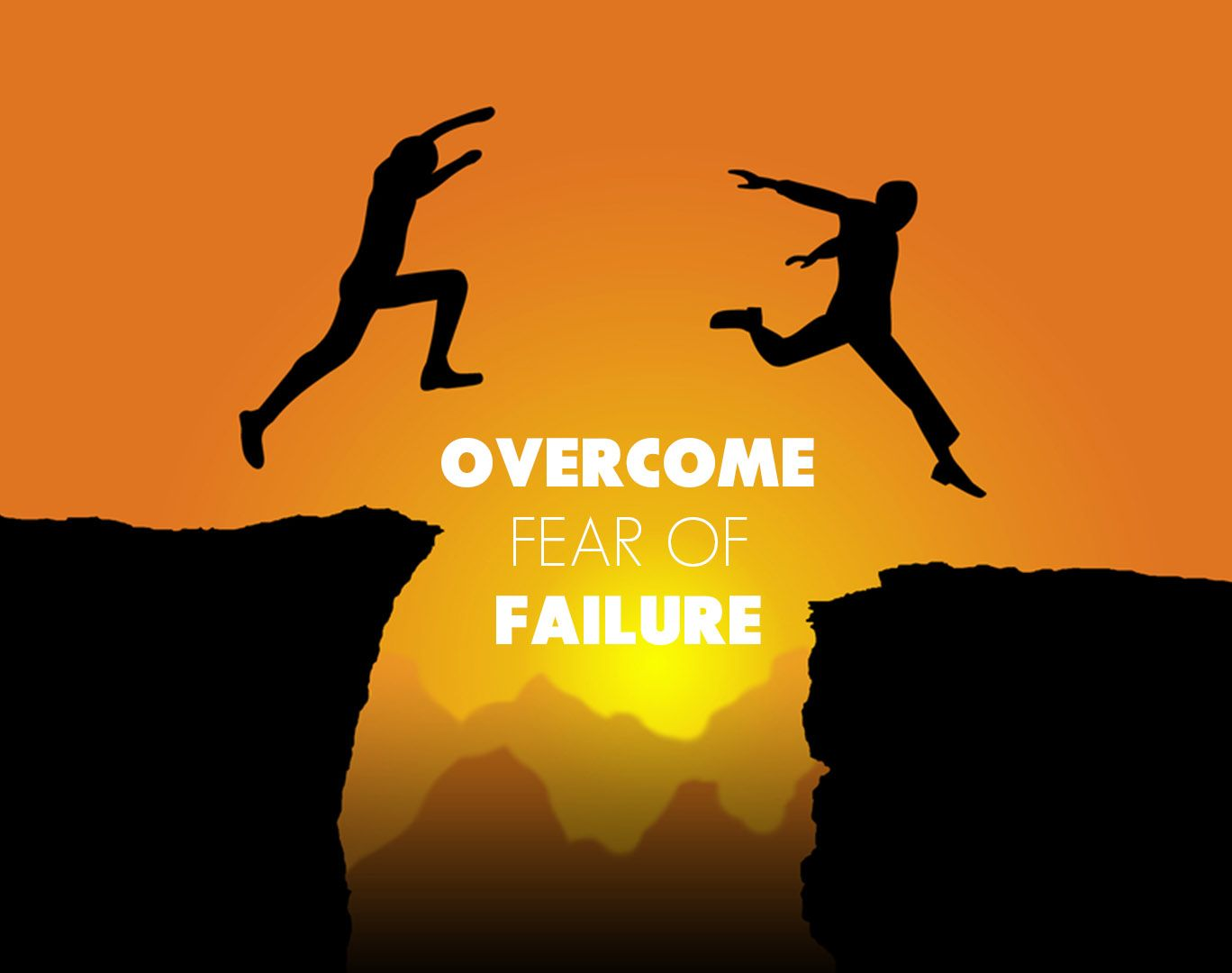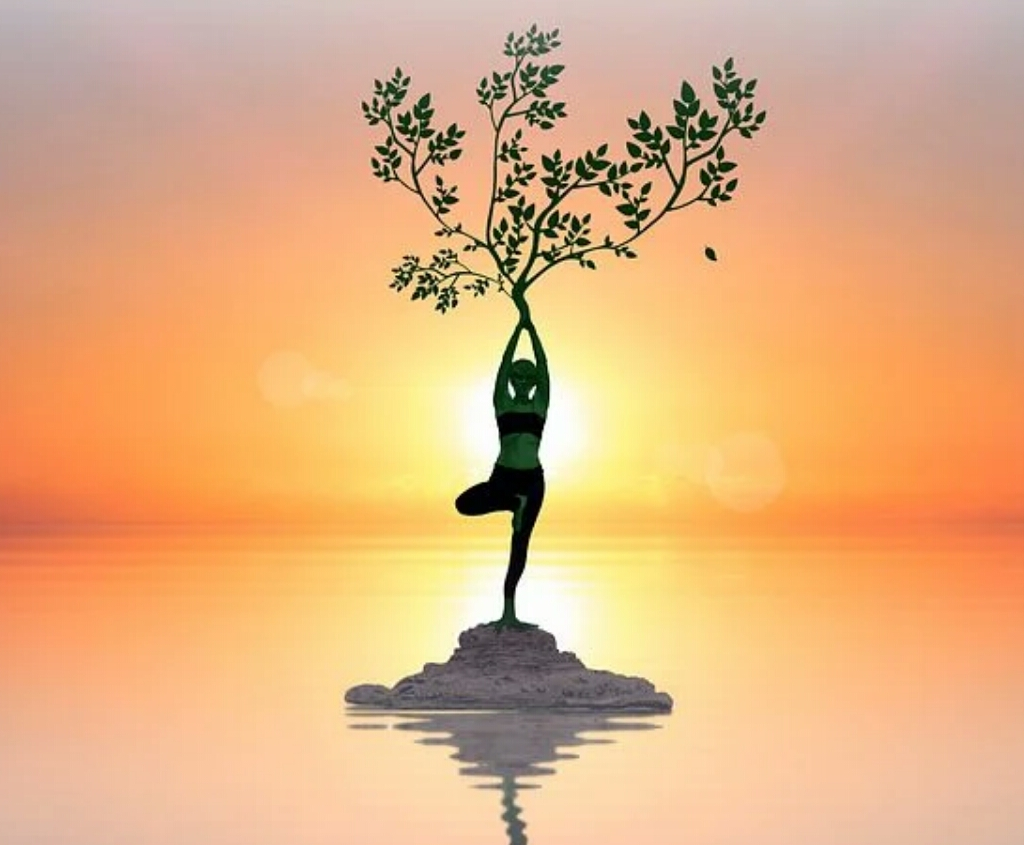Creativity is the lifeblood of art, and as an artist, finding ways to cultivate and enhance your creative abilities can be a deeply fulfilling journey. Whether you’re a seasoned artist or just starting to explore your artistic side, there are strategies and practices you can embrace to foster and express your creativity more effectively. In this blog post, we’ll explore several tips and techniques to help you be more creative in your art.
Embrace Inspiration

Creativity often begins with inspiration. Seek out inspiration from various sources such as nature, other artists, books, movies, or personal experiences. Take time to observe the world around you, notice details, and allow your surroundings to spark your creative imagination. Keep a sketchbook or journal handy to capture these moments and ideas.
Experiment with Different Mediums

Don’t limit yourself to a single medium or style. Experiment with various art materials and techniques, from watercolors and acrylics to charcoal and digital art. Exploring new mediums can lead to unexpected creative breakthroughs and broaden your artistic horizons.
Read More Posts Like This
- How to Make Money Online Anonymously
- How To Travel Sustainably: Tips for Responsible Adventurers
- Cleaning Products: How to Make a Homemade Cleaning Product
- Benefits Of Using Ginger In Your Daily Food Consumption
Set Aside Time for Creativity

Make creativity a part of your daily routine. Dedicate specific time slots for art, even if it’s just 15 minutes a day. Consistency is key to nurturing your creative flow. Over time, these short bursts of creativity can lead to significant progress in your art.
Overcome Fear of Mistakes

The fear of making mistakes can be a significant barrier to creativity. Remember that every masterpiece starts with imperfect strokes. Embrace mistakes as valuable learning opportunities. Sometimes, the most innovative ideas emerge from what initially appears to be a mistake.
Collaborate and Share

Engaging with fellow artists can provide fresh perspectives and inspiration. Attend art classes, workshops, or join art communities online or in your local area. Sharing your work with others can lead to constructive feedback and new ideas for your creative process.
Seek Feedback and Constructive Criticism

Feedback is an essential part of an artist’s growth. Don’t be afraid to ask for feedback from peers, mentors, or even online communities. Constructive criticism can help you identify areas for improvement and refine your artistic skills.
Break the Rules

While it’s essential to understand the fundamentals of art, don’t be afraid to break the rules and experiment with unconventional approaches. Creativity often thrives when you challenge established norms and explore new possibilities.
Keep a Visual Journal

Maintaining a visual journal is an excellent way to document your creative journey. Use it to sketch ideas, jot down thoughts, and experiment with different concepts. Your visual journal can become a valuable resource for future projects.
Step Out of Your Comfort Zone

To be more creative, push your boundaries and step out of your comfort zone. Try subjects or styles you’ve never explored before. The discomfort of trying something new can lead to exciting artistic discoveries.
Practice Mindfulness

Mindfulness can enhance your creative process by helping you stay present and fully engage with your art. Practice deep breathing and meditation techniques to clear your mind and promote creative focus.
Conclusion
Creativity in art is a deeply personal and unique journey, and there is no one-size-fits-all approach. Embrace these tips as tools to unlock your creative potential, but always remember that your artistic expression is entirely your own. Be patient with yourself, trust the process, and, most importantly, enjoy the creative adventure. As you embrace your creative side, you’ll discover new depths of self-expression and satisfaction in your art.


